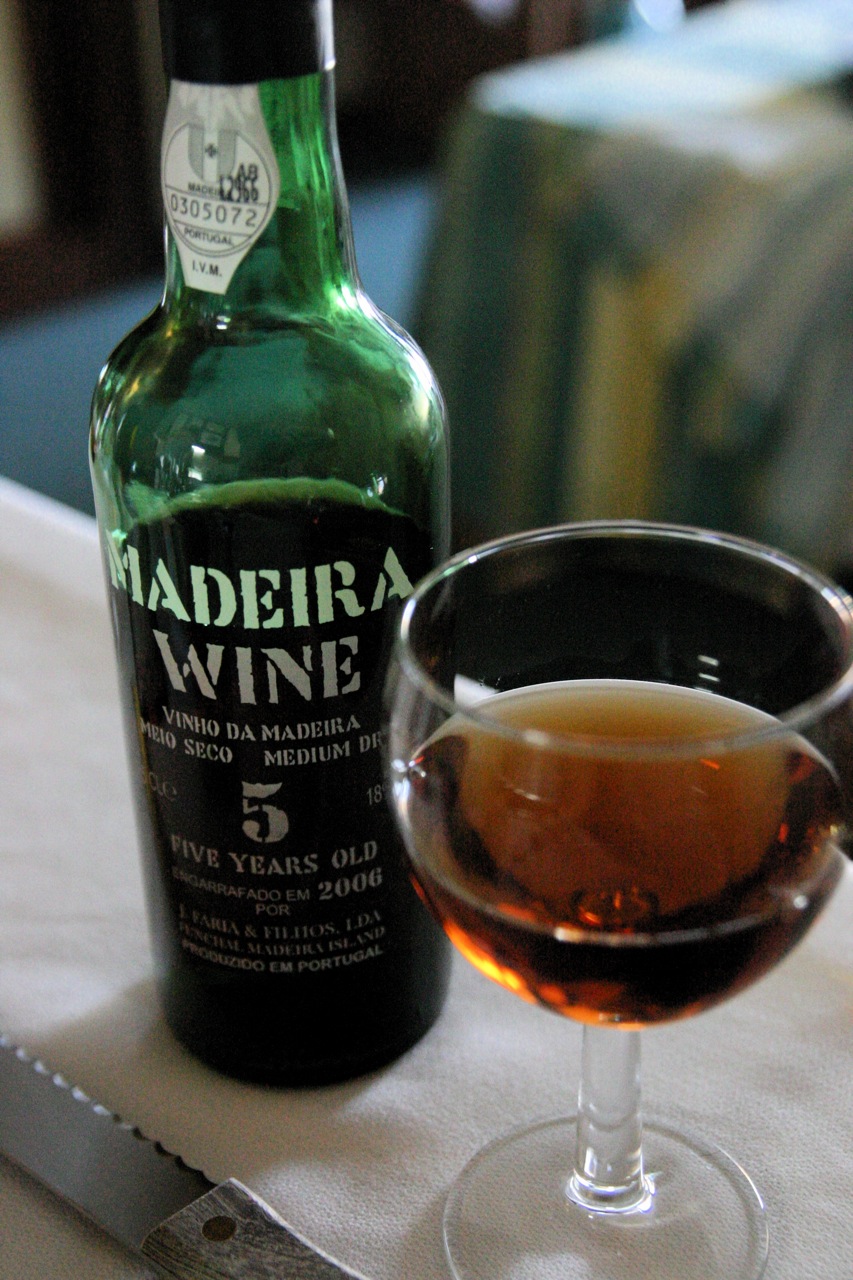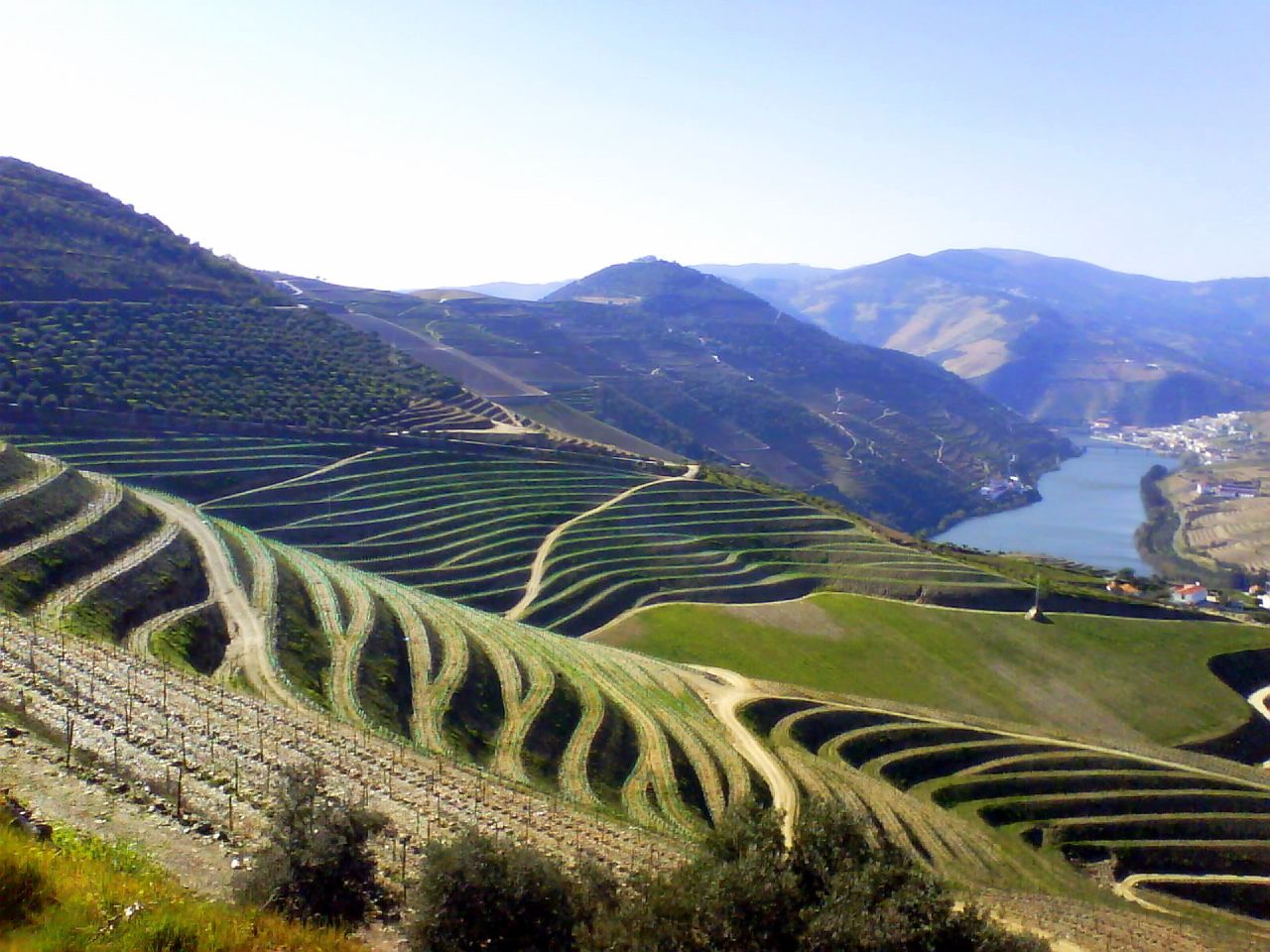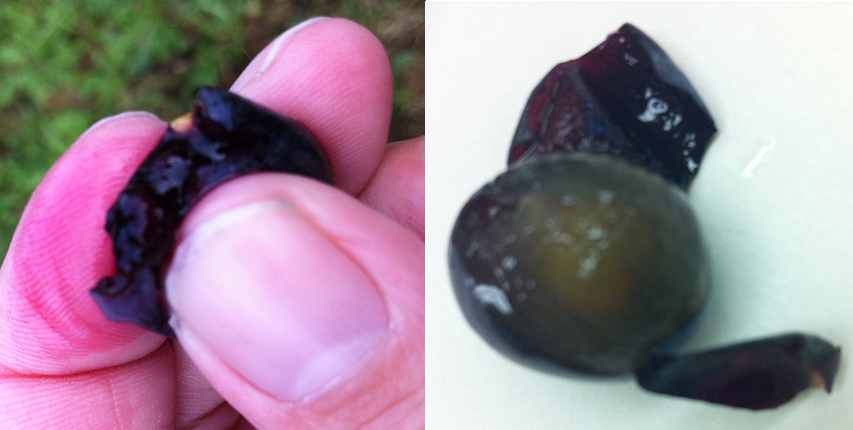|
Complexa
Complexa is red Portuguese wine grape used in the production of Madeira. The grape was created as a crossing of Castelao, Muscat Hamburg and Tintinha in the 1960s. The grape provides a deep color with less tannin Tannins (or tannoids) are a class of astringent, polyphenolic biomolecules that bind to and precipitate proteins and various other organic compounds including amino acids and alkaloids. The term ''tannin'' (from Anglo-Norman ''tanner'' ...s than the commonly used Tinta Negra Mole. J. Robinson (ed) ''"The Oxford Companion to Wine"'' Third Edition pg 191 Oxford University Press 2006 See also * List of Portuguese grape varieties References Red wine grape varieties Madeira wine {{wine-grape-stub ... [...More Info...] [...Related Items...] OR: [Wikipedia] [Google] [Baidu] |
Madeira (wine)
Madeira is a fortified wine made on the Portuguese Madeira Islands, off the coast of Africa. Madeira is produced in a variety of styles ranging from dry wines which can be consumed on their own, as an apéritif, to sweet wines usually consumed with dessert. Cheaper cooking versions are often flavoured with salt and pepper for use in cooking, but these are not fit for consumption as a beverage. The islands of Madeira have a long winemaking history, dating back to the Age of Exploration (approximately from the end of the 15th century) when Madeira was a standard port of call for ships heading to the New World or East Indies. To prevent the wine from spoiling, neutral grape spirits were added. On the long sea voyages, the wines would be exposed to excessive heat and movement which transformed the flavour of the wine. This was discovered by the wine producers of Madeira when an unsold shipment of wine returned to the islands after a round trip. Today, Madeira is noted for its un ... [...More Info...] [...Related Items...] OR: [Wikipedia] [Google] [Baidu] |
List Of Portuguese Grape Varieties
Portugal's history of viticulture and vinification covers many centuries and has included the use of an extensive number native varieties. In addition, through experimentation and field trials a number of new varieties have emerged and are now playing key roles in producing the country's wide array of wines. The relative absence of many international varieties such as Cabernet Sauvignon, Chardonnay and Semillon is another characteristic of this country's wine industry, although in recent decades many of these varieties have been brought into wider use as the lists below reveal. Portugal's wine production in 2019 was 6.5 million hectolitres (Mhl), consistent with its annual average since 2015, and the forecast for 2020 is also 6.5 Mhl. This industry makes an important contribution to the country's annual income by attracting a vigorous local market and by being exported all over the world with France, the United States, the United Kingdom, Brazil and Germany as the main destinatio ... [...More Info...] [...Related Items...] OR: [Wikipedia] [Google] [Baidu] |
Portuguese Wine
Portuguese wine was mostly introduced by the Romans and other ancient Mediterranean peoples who traded with local coastal populations, mainly in the South. In pre-Roman Gallaecia-Lusitania times, the native peoples only drank beer and were unfamiliar with wine production. Portugal started to export its wines to Rome during the Roman Empire. Modern exports developed with trade to England after the Methuen Treaty in 1703. From this commerce a wide variety of wines started to be grown in Portugal. And, in 1758, one of the first wine-producing regions of the world, the '' Região Demarcada do Douro'' was created under the orientation of Marquis of Pombal, in the Douro Valley. Portugal has two wine-producing regions protected by UNESCO as World Heritage: the Douro Valley Wine Region (''Douro Vinhateiro'') and Pico Island Wine Region (''Ilha do Pico Vinhateira''). Portugal has a big variety of local kinds, producing a very wide variety of different wines with distinctive personality. Hi ... [...More Info...] [...Related Items...] OR: [Wikipedia] [Google] [Baidu] |
Grape
A grape is a fruit, botanically a berry, of the deciduous woody vines of the flowering plant genus ''Vitis''. Grapes are a non- climacteric type of fruit, generally occurring in clusters. The cultivation of grapes began perhaps 8,000 years ago, and the fruit has been used as human food over history. Eaten fresh or in dried form (as raisins, currants and sultanas), grapes also hold cultural significance in many parts of the world, particularly for their role in winemaking. Other grape-derived products include various types of jam, juice, vinegar and oil. History The Middle East is generally described as the homeland of grape and the cultivation of this plant began there 6,000–8,000 years ago. Yeast, one of the earliest domesticated microorganisms, occurs naturally on the skins of grapes, leading to the discovery of alcoholic drinks such as wine. The earliest archeological evidence for a dominant position of wine-making in human culture dates from 8,000 years ago in Georg ... [...More Info...] [...Related Items...] OR: [Wikipedia] [Google] [Baidu] |
Crossing (vine)
The propagation of grapevines is an important consideration in commercial viticulture and winemaking. Grapevines, most of which belong to the ''Vitis vinifera'' family, produce one crop of fruit each growing season with a limited life span for individual vines. While some centenarian old vine examples of grape varieties exist, most grapevines are between the ages of 10 and 30 years. As vineyard owners seek to replant their vines, a number of techniques are available which may include planting a new cutting that has been selected by either clonal or mass (massal) selection. Vines can also be propagated by grafting a new plant vine upon existing rootstock or by layering one of the canes of an existing vine into the ground next to the vine and severing the connection when the new vine develops its own root system.Wine & Spirits Education Trust ''"Wine and Spirits: Understanding Wine Quality"'' pp. 2-5, Second Revised Edition (2012), London . In commercial viticulture, grapevines are r ... [...More Info...] [...Related Items...] OR: [Wikipedia] [Google] [Baidu] |
Muscat Hamburg
Black Muscat (or Muscat Hamburg) is a red ''Vitis vinifera'' grape variety derived from the crossing of the Schiava Grossa and Muscat of Alexandria by Seward Snow, Head Gardener to Earl de Grey at Wrest Park, Bedfordshire UK in 1850, according to the Vitis International Variety Catalogue. It is known under a variety of local names such as '' Golden Hamburg, and Black Hamburg'' in the US; ''Muscat de Hambourg (or Hamburgh)'' in France; ''Moscato di Amburgo'' in Italy; and ''Muscat Gamburgskiy'' in Russia and former Soviet Union countries. Confusingly, Black Hamburg is also used as a synonym for its maternal parent. It is commonly produced as table wine but in California's Central Valley it has been used in the production of dessert wine. As a dessert wine it can be highly aromatic with a rich coloring. In the US it is grown in wine appellations in California, Virginia, Oregon, Texas, and Washington. In Canada, it is also found on Vancouver Island. In France, the grape is used chi ... [...More Info...] [...Related Items...] OR: [Wikipedia] [Google] [Baidu] |
Tintinha
Petit Bouschet is a red ''teinturier'' grape variety that is a crossing of Aramon noir and Teinturier du Cher created in 1824 by French grape breeder Louis Bouschet at his vineyard in Mauguio in the Hérault department. The grape was used by Louis' son, Henri Bouschet, to create several more varieties including Alicante Bouschet, Grand Noir de la Calmette and Morrastel Bouschet. Petit Bouschet saw a surge of plantings in the late 19th century as France recovered from the phylloxera epidemic where it was often used to add color to blends made from hybrid grapes and other high yielding varieties. As its offspring Alicante Bouschet became more popular, plantings of Petit Bouschet fell off and the grape is now hardly found in France.J. Robinson, J. Harding and J. Vouillamoz ''Wine Grapes - A complete guide to 1,368 vine varieties, including their origins and flavours'' pgs 428 & 664 Allen Lane 2012 History and relationship to other grapes Petit Bouschet was created in 1824 by gr ... [...More Info...] [...Related Items...] OR: [Wikipedia] [Google] [Baidu] |
Grape Tannins
Procyanidins are members of the proanthocyanidin (or condensed tannins) class of flavonoids. They are oligomeric compounds, formed from catechin and epicatechin molecules. They yield cyanidin when depolymerized under oxidative conditions. See the box below entitled "Types of procyanidins" for links to articles on the various types. Distribution in plants Procyanidins, including the lesser bioactive / bioavailable polymers (4 or more catechines), represent a group of condensed flavan-3-ols that can be found in many plants, most notably apples, maritime pine bark, cinnamon, aronia fruit, cocoa beans, grape seed, grape skin, and red wines of ''Vitis vinifera'' (the common grape). However, bilberry, cranberry, black currant, green tea, black tea, and other plants also contain these flavonoids.USDA, August 2004USDA Database for the Proanthocyanidin Content of Selected Foods PDF summary accessed from main USDA pag Page accessed July 31, 2015 Procyanidins can also be isolated from ''Q ... [...More Info...] [...Related Items...] OR: [Wikipedia] [Google] [Baidu] |
Tinta Negra Mole
Tinta Negra Mole is a red Portuguese wine grape commonly used in the production of Madeira. It is the most widely planted variety on the Madeira islands and is considered the industry's "workhorse A draft horse (US), draught horse (UK) or dray horse (from the Old English ''dragan'' meaning "to draw or haul"; compare Dutch ''dragen'' and German ''tragen'' meaning "to carry" and Danish ''drage'' meaning "to draw" or "to fare"), less ofte ... grape". The grape produces very high yields of sweet, pale red wine, J. Robinson (ed) ''"The Oxford Companion to Wine"'' Third Edition pg 698 Oxford University Press 2006 but is also often fermented without skin contact to produce white wine when making drier varieties of Madeira. Synonyms Boxo, Duhamelii, Listan Morado, Listan Negro, Listan Prieto, Molar, Mollar, Mollar De Cadiz, Mollar De Granada, Mollar De Huelva, Mollar Morado, Mollar Negro, Mollar Prieto, Mollar Sevillano, Mollar Zucari, Mollis, Mollissima, Morisca, Negra Mol ... [...More Info...] [...Related Items...] OR: [Wikipedia] [Google] [Baidu] |
Red Wine Grape Varieties
Red is the color at the long wavelength end of the visible spectrum of light, next to orange and opposite violet. It has a dominant wavelength of approximately 625–740 nanometres. It is a primary color in the RGB color model and a secondary color (made from magenta and yellow) in the CMYK color model, and is the complementary color of cyan. Reds range from the brilliant yellow-tinged scarlet and vermillion to bluish-red crimson, and vary in shade from the pale red pink to the dark red burgundy. Red pigment made from ochre was one of the first colors used in prehistoric art. The Ancient Egyptians and Mayans colored their faces red in ceremonies; Roman generals had their bodies colored red to celebrate victories. It was also an important color in China, where it was used to color early pottery and later the gates and walls of palaces. In the Renaissance, the brilliant red costumes for the nobility and wealthy were dyed with kermes and cochineal. The 19th century brought ... [...More Info...] [...Related Items...] OR: [Wikipedia] [Google] [Baidu] |




.jpg)
